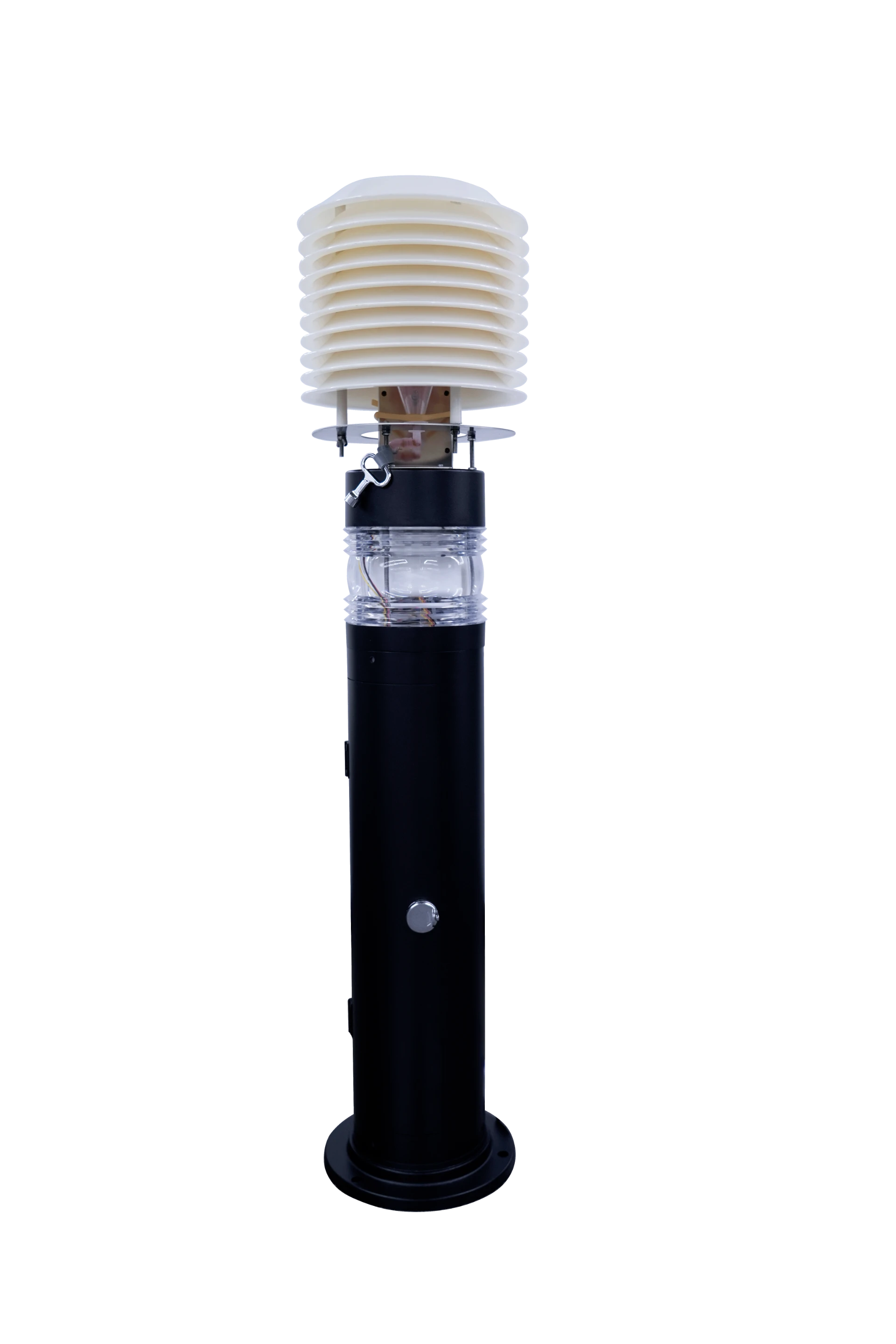
The Difference Between Aerosol and Bioaerosol
Aerosols and bioaerosols are both particles suspended in the air, but they differ significantly in their composition, origin, and implications. Understanding these differences is crucial in fields such as environmental science, public health, and industrial hygiene.
What is an Aerosol?
An aerosol is a mixture of solid particles or liquid droplets suspended in a gas. These particles can range in size from a few nanometers to several micrometers. Aerosols are ubiquitous in the atmosphere and can be naturally occurring or human-made.
Examples of Aerosols
Natural Aerosols: Dust, sea salt, volcanic ash, and pollen.
Anthropogenic Aerosols: Emissions from vehicles, industrial processes, and combustion of fossil fuels.
Characteristics of Aerosols
Composition: Aerosols can contain a variety of substances, including carbon, sulfates, nitrates, and metals.
Impact on Environment: Aerosols influence climate by scattering or absorbing sunlight and serving as cloud condensation nuclei.
Health Effects: Depending on their size and composition, aerosols can penetrate the respiratory system, causing health issues such as asthma, bronchitis, or cardiovascular problems.
What is a Bioaerosol?
A bioaerosol is a type of aerosol that contains biological materials. These include microorganisms (bacteria, viruses, and fungi), fragments of biological entities (pollen, spores, and skin cells), and byproducts (endotoxins or mycotoxins). Bioaerosols can originate from natural sources or human activities.
Examples of Bioaerosols
Natural Sources: Plant emissions, soil disturbances, and microbial processes.
Human-Influenced Sources: Agricultural activities, waste management, and healthcare environments.
Characteristics of Bioaerosols
Composition: Bioaerosols are primarily organic and may carry living organisms or biological materials capable of causing infections or allergies.
Impact on Health: They can transmit diseases (e.g., tuberculosis or influenza), provoke allergic reactions (e.g., hay fever), and exacerbate respiratory conditions.
Environmental Role: Bioaerosols can contribute to nutrient cycling and microbial dispersal in ecosystems.
Key Differences
| Aspect | Aerosol | Bioaerosol |
| Composition | Inorganic or organic particles | Biological materials (living or dead) |
| Origin | Natural (e.g., dust) or anthropogenic | Natural or related to biological activity |
| Health Impact | Respiratory and cardiovascular effects | Disease transmission, allergies |
| Environmental Role | Climate regulation | Microbial dispersal, ecosystem impact |
Applications and Implications
Aerosols
Aerosols are studied extensively for their role in climate science, as they affect the Earth's radiation balance and cloud formation. Monitoring aerosols is also essential for managing air quality in urban and industrial settings.
Bioaerosols
Bioaerosols are crucial in epidemiology and public health due to their potential to spread infectious diseases. In agricultural and industrial contexts, controlling bioaerosols helps minimize risks to workers and nearby populations.
Conclusion
While both aerosols and bioaerosols are airborne particles, their distinct compositions and effects necessitate specialized approaches for study and management. Aerosols primarily impact environmental and atmospheric processes, whereas bioaerosols have direct implications for health and biological ecosystems. Understanding these differences allows for better mitigation of their negative effects and optimization of their roles in natural systems.
-
The Integration of Bio Detection with Artificial IntelligenceNewsMay.23,2025
-
The Importance of Calibration for Bioaerosol SamplersNewsMay.23,2025
-
The Importance of Bio Sampling in Environmental ResearchNewsMay.23,2025
-
The Advantages of Mini PCR TechnologyNewsMay.23,2025
-
How to Perform a Mycoplasma PCR TestNewsMay.23,2025
-
Choosing the Right Bacteria Detection Device for Your NeedsNewsMay.23,2025





